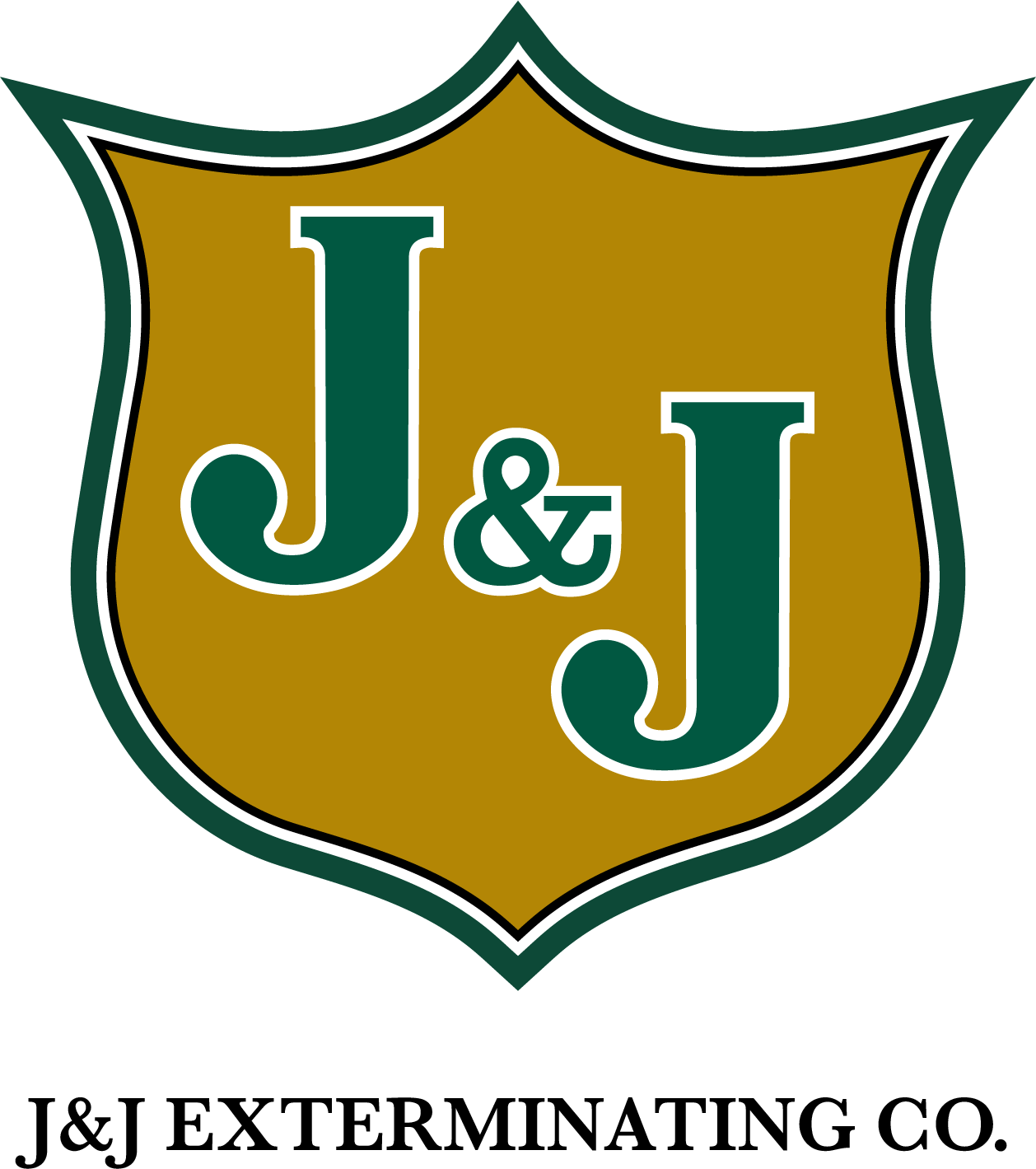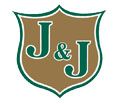Throughout the United States, subterranean termites predominate over drywood and dampwood termites, and they are responsible for around 80 percent of all property damage inflicted by termite pests annually. Louisiana is home to a particularly high number of termite species that frequently infest homes, the most common of which include Formosan (C. Formanosus), eastern (R. Flavipes), light southern (R. hageni), and dark southern subterranean termites (R. virginicus). All four of these species are economically significant pests that are abundant throughout the state. However, while R. hageni colonies are densely distributed throughout Louisiana, they are not often found infesting homes in the state. Unlike subterranean termites, which must maintain a constant presence within moist soil in order to avoid fatal desiccation, drywood termite colonies are contained entirely within single above ground wood sources, and only the reproductive swarmers (alates) exit nests in order to establish new colonies.
Due to their need for constant hydration, subterranean termite colonies remain in the moist soil while a small number of workers traverse “shelter tubes” in order to collect food sources from moist above ground wood. When it comes to drywood termites, the moisture in the outside air is sufficient to allow winged alates to survive, but their habitat is largely limited to the excessively humid southern coast of Louisiana. Drywood termites are also able to colonize and consume the hardwood portions of structural and natural wood sources, and as their name makes clear, these termites are capable of infesting relatively dry wood. While this description may give the impression that drywood termites are more destructive than subterranean termites, it should be known that the former inhabits colonies that are much smaller in population size than those inhabited by the latter. Also, subterranean termite colonies are already established and often highly populated within underground nests before foraging workers infest structural wood within a home. However, drywood termite infestations are always initiated by one pair of reproductive alates that go on to serve as the king and queen of a new colony. Because of this, drywood termite infestations develop slowly, and it takes between five to ten years before a drywood termite colony becomes mature enough to produce alates. It is not uncommon for drywood termite alates to emerge from an indoor colony only to infest a fresh source of lumber located in another area of the same home. Naturally, reinfestations of this sort are limited to older homes, as a mature drywood termite colony cannot inhabit a recently constructed home.
Have you ever witnessed a swarm of termite alates make contact with the exterior walls of a structure?
Tags: Termite Control, Termite Exterminator



